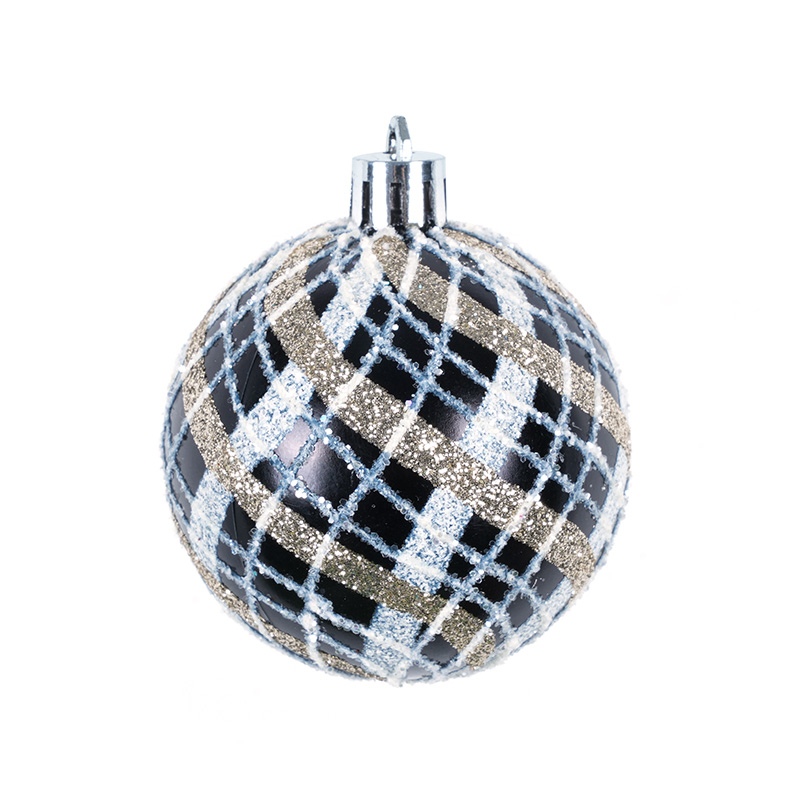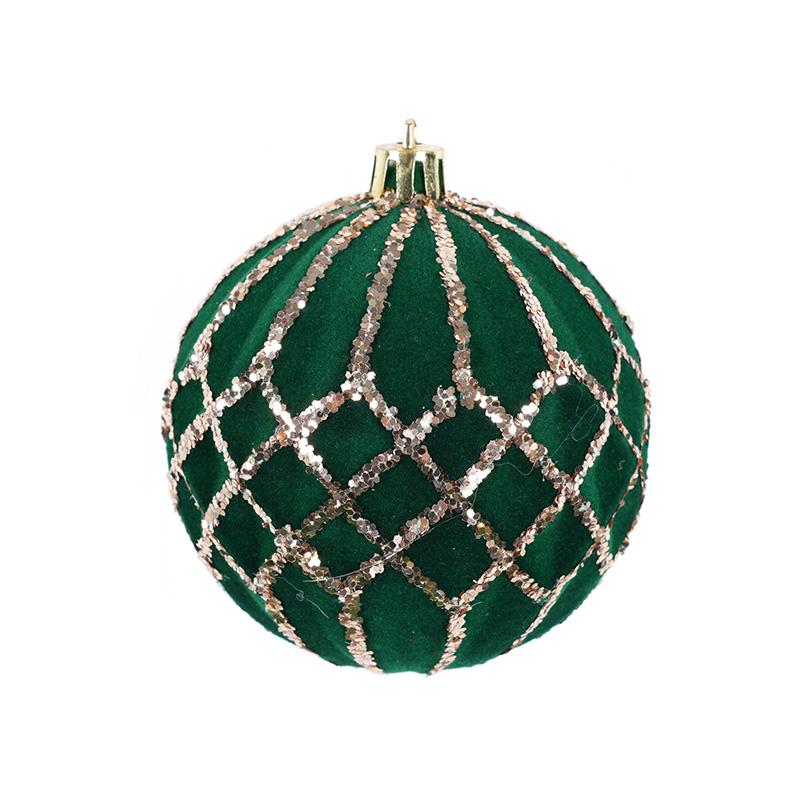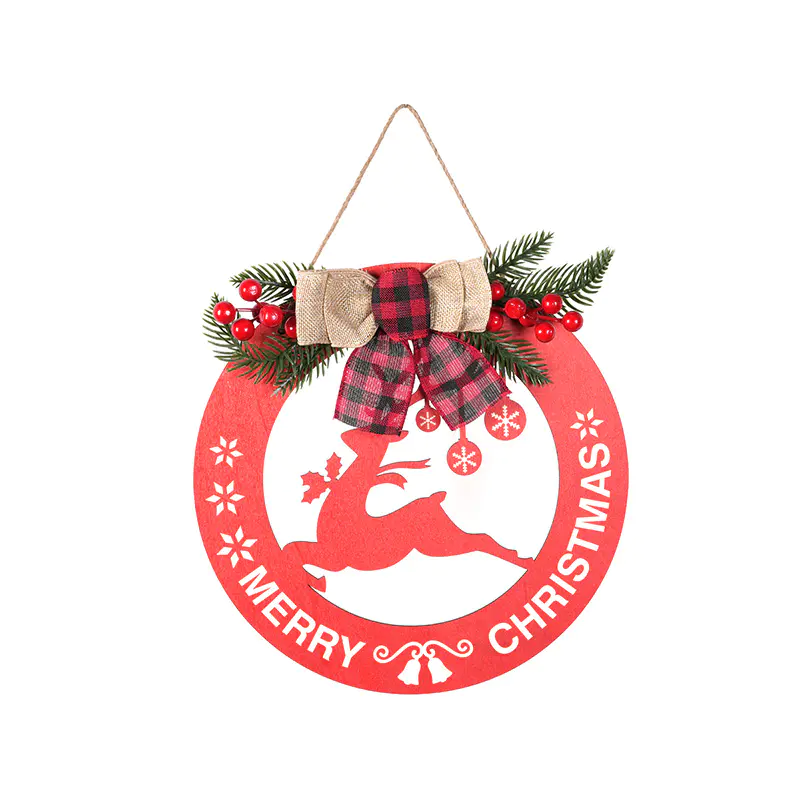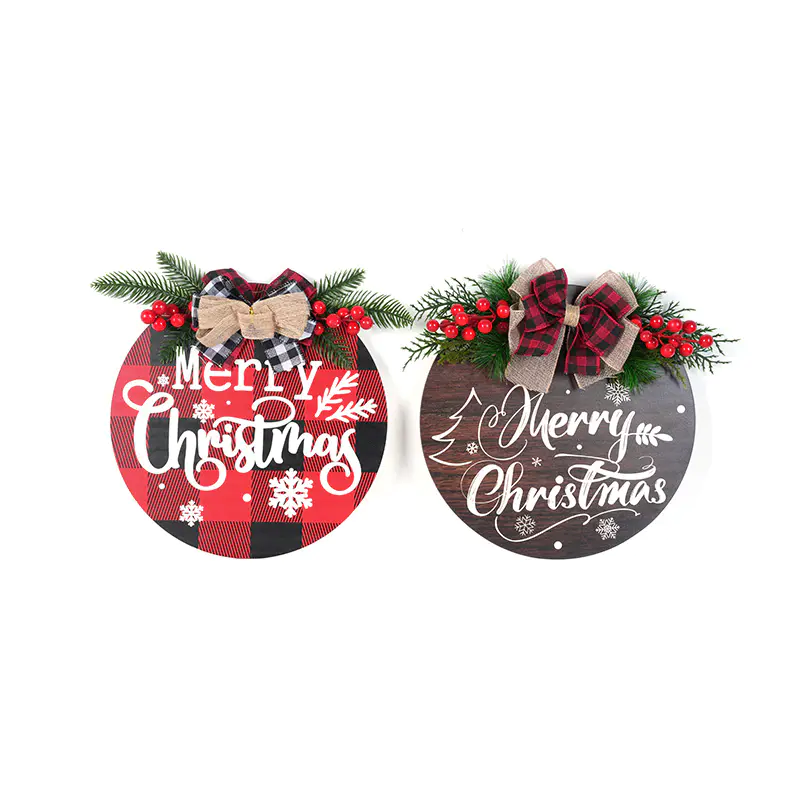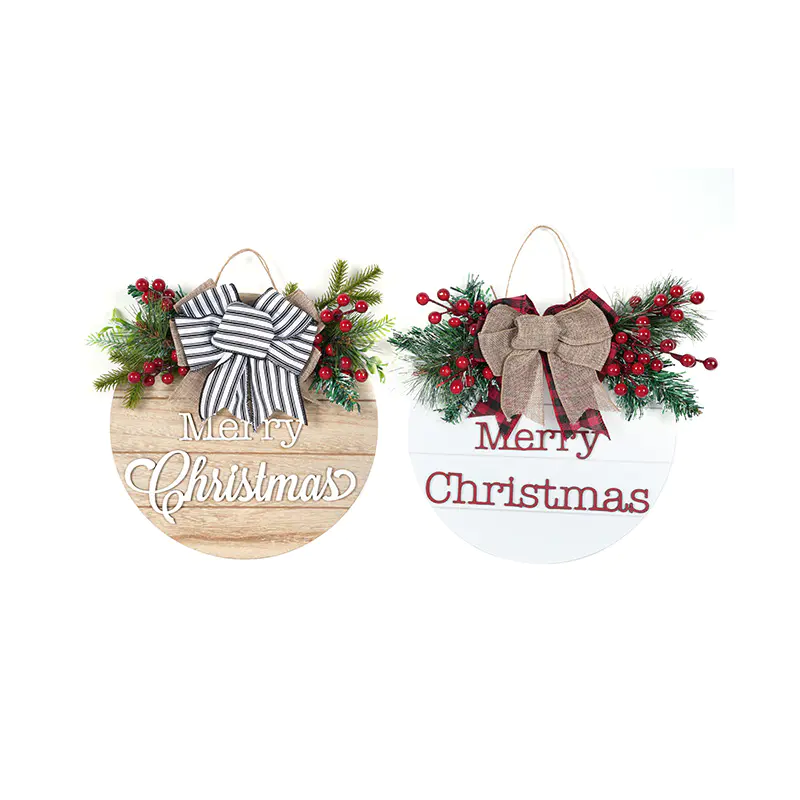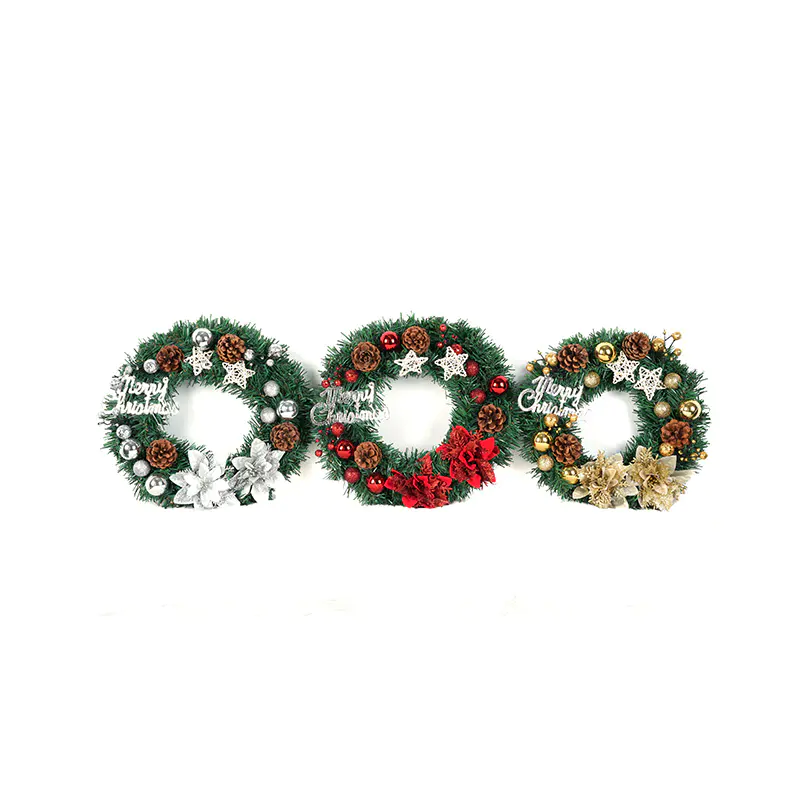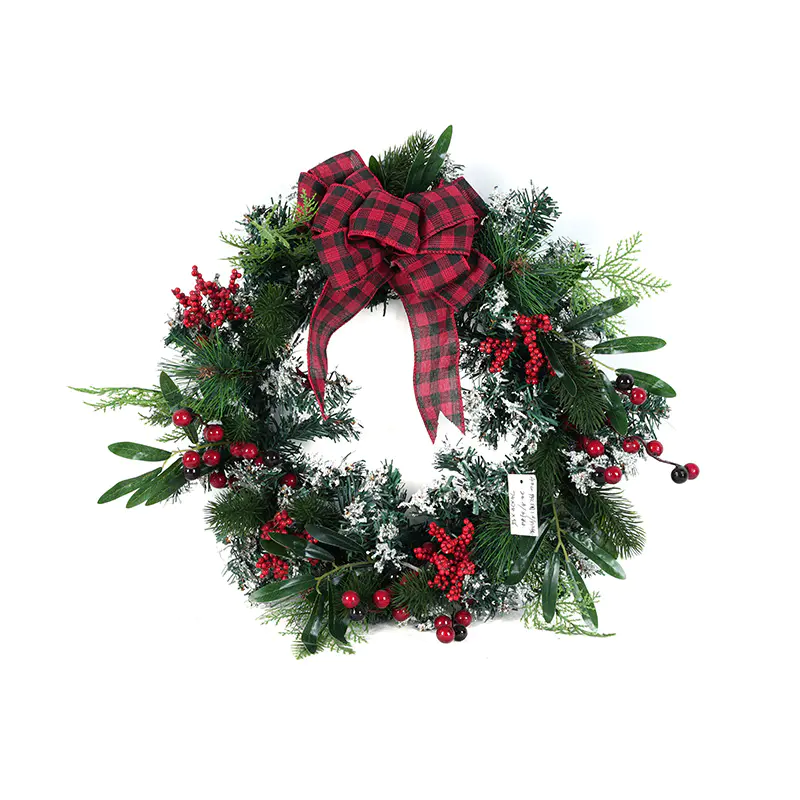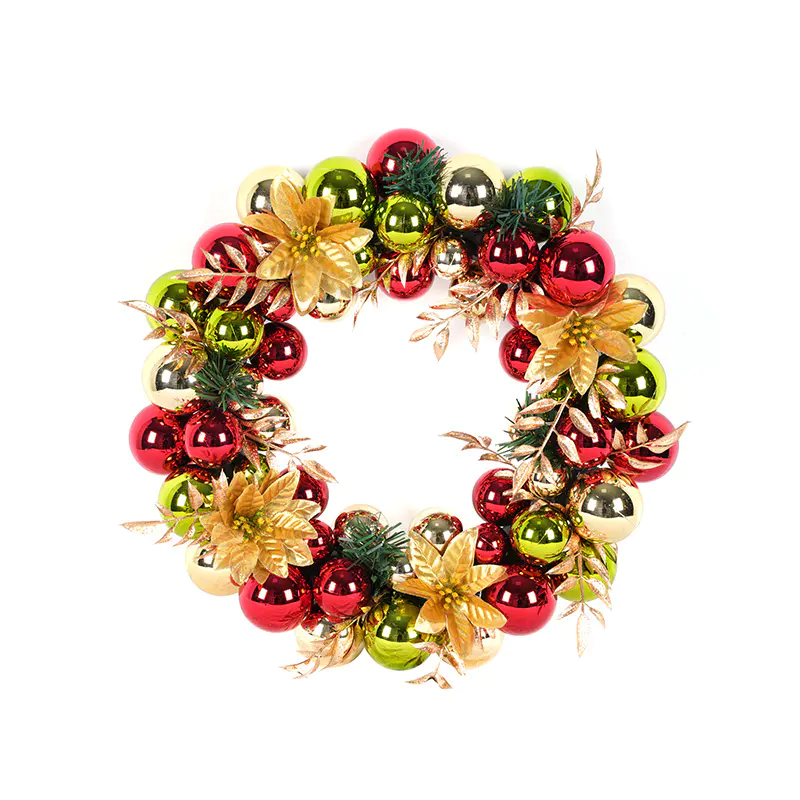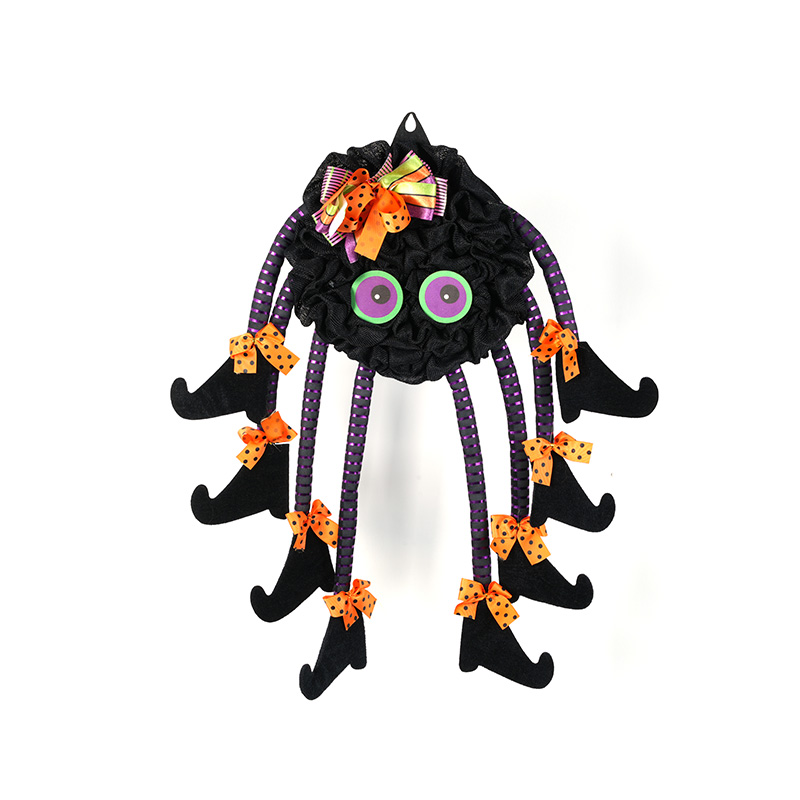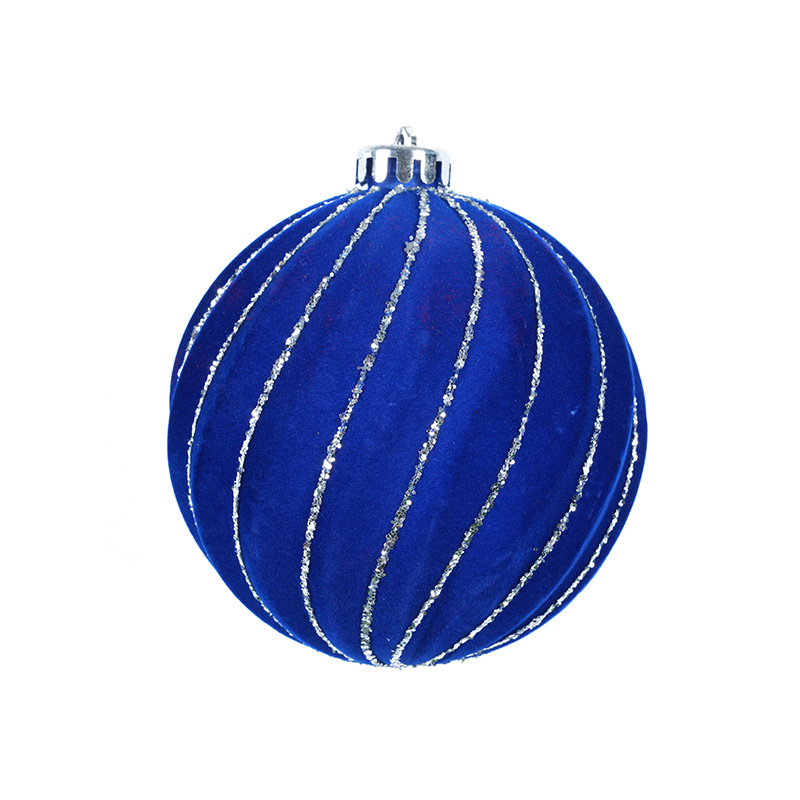
Velvet Christmas Balls are popular decorative items for the holiday season, prized for their rich texture, vibrant colors, and luxurious appearance. However, one of the key concerns for consumers is the surface durability of these ornaments. Specifically, whether the velvet material is prone to shedding fibers or fading in color over time can greatly affect both aesthetic appeal and long-term usability. Understanding the factors that influence surface integrity helps manufacturers improve quality and informs consumers on proper care.

Factors Contributing to Shedding
The shedding of fibers from Velvet Christmas Balls often occurs due to the quality of the velvet fabric, the method of application, and handling during use. Low-quality or loosely woven velvet is more likely to release fibers, especially during initial handling. Additionally, adhesive or stitching methods used to attach the velvet to the inner ornament surface can impact how securely the fibers remain in place. Rough handling, frequent touching, or friction with other ornaments and decorations can exacerbate shedding, reducing the visual appeal and making cleaning more challenging.
Factors Contributing to Fading
Color fading on Velvet Christmas Balls is influenced primarily by the quality of the dyes, exposure to sunlight, and environmental conditions. Low-quality dyes may not bond effectively to the velvet fibers, resulting in a gradual loss of color even with minimal exposure. Prolonged exposure to direct sunlight, fluorescent lighting, or high heat can accelerate fading. Environmental factors such as humidity and dust accumulation can also contribute to the deterioration of color over time, especially in indoor settings where ornaments are frequently displayed.
Testing Methods for Durability
To ensure that Velvet Christmas Balls maintain their appearance, manufacturers often conduct rigorous testing. For shedding, friction, and abrasion tests simulate handling during decoration setup and storage. This assesses how many fibers may loosen and whether the shedding affects the overall appearance. For fading, lightfastness tests expose samples to simulated sunlight or UV radiation over extended periods to evaluate color stability. Additional environmental tests, including humidity and temperature cycles, help predict long-term performance under various storage and display conditions.
Design and Material Considerations
High-quality Velvet Christmas Balls are designed to reduce shedding and fading through careful material selection and manufacturing processes. Densely woven velvet with tightly bound fibers reduces the likelihood of shedding. Pre-treatment of velvet with anti-fray coatings or heat-setting adhesives can further secure fibers. For color durability, using high-quality, lightfast dyes ensures that the rich tones of the velvet remain vibrant over multiple holiday seasons. Encapsulation methods, such as protective coatings or backing layers, can also provide additional resistance to physical wear and environmental effects.
Consumer Care Guidelines
Even high-quality Velvet Christmas Balls require careful handling to maintain surface integrity. Consumers should avoid excessive friction, rough cleaning, or rubbing of the velvet surface. Dusting with a soft brush or gentle vacuum attachment is recommended to remove debris without damaging fibers. Storage in individual padded boxes or tissue paper prevents rubbing and decreases shedding. Keeping ornaments out of direct sunlight and high-heat environments helps preserve color vibrancy over time.
Benefits of Durable Velvet Surfaces
When properly designed and cared for, Velvet Christmas Balls offer long-lasting beauty and a luxurious holiday aesthetic. Reduced shedding maintains a clean and polished look, while colorfast velvet ensures that ornaments continue to provide festive charm year after year. Durable surfaces also enhance user satisfaction and reduce the need for frequent replacement, making them a worthwhile investment for holiday décor enthusiasts.


